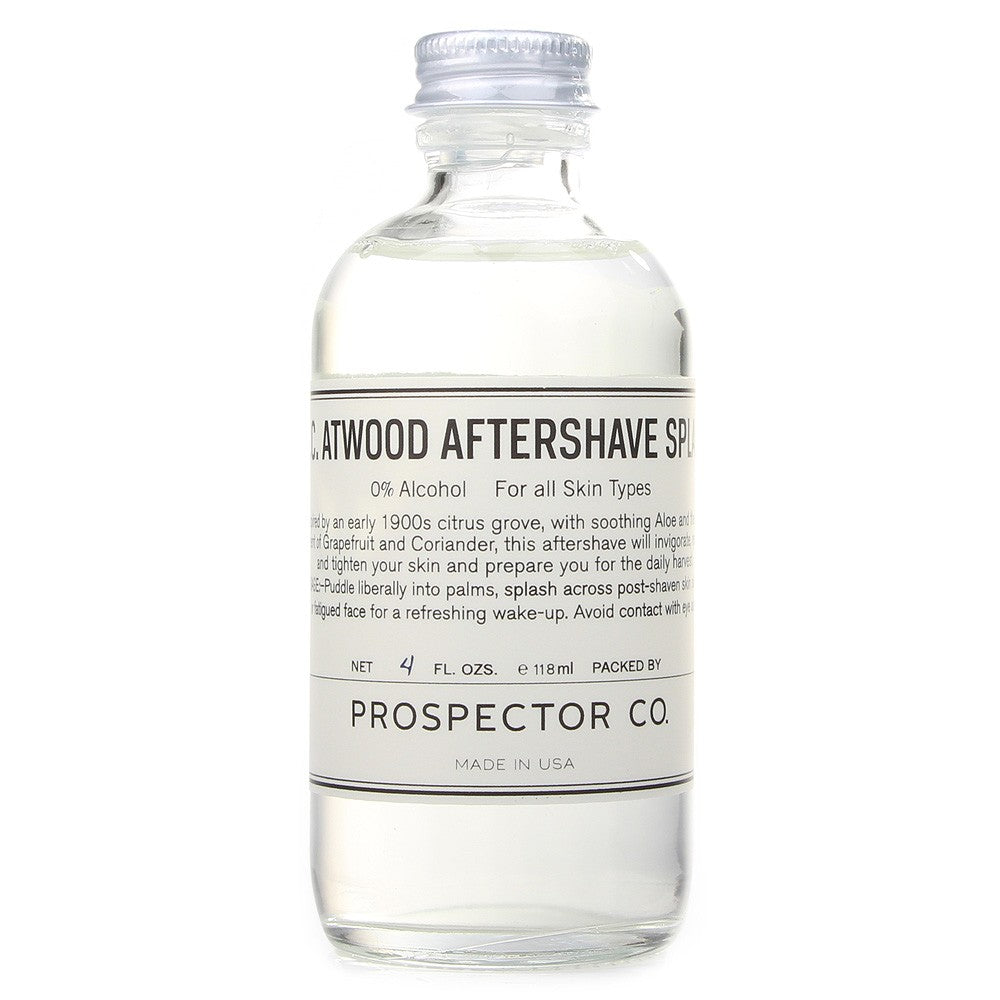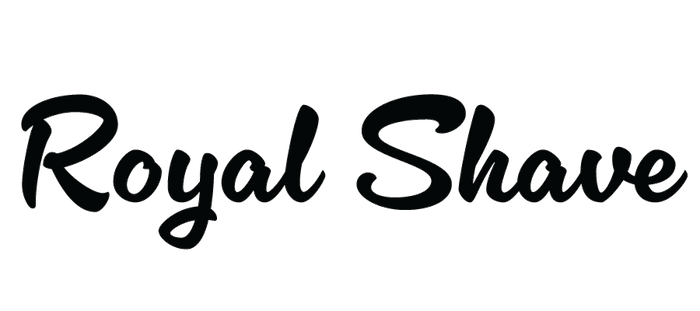Whether you get the occasional zit or are struggling with adult acne, trying to shave with pimples may make wet shaving
seem less art form and more balancing act. While shaving with acne is by no means easy, there are plenty of ways you can
make the process less irritating for your skin. Below, we’ve included tips for every step of your shaving routine. With
a few adjustments (you may need to say goodbye to your shaving brush), you will see improvements in your skin and shave.
Preparation
Clean your skin Take a warm shower before you begin shaving. The steam will soften
your skin and facial hair. Pliable facial hair means you'll encounter less tugging while shaving. Less tugging = less
irritation, which is a major plus for acne-prone skin. If you are unable to take a shower before you shave, warm a towel
and place it on your face for 3 minutes to similar effect. While in the shower, use a facial cleanser that removes
excess oil without drying out your skin. Liquid soaps tend to be less drying than bar soaps. We’ve heard great things
about
Purpose Gentle Cleansing Wash,
Clean & Clear Essentials Foaming Facial Cleanser, and
Olay Foaming Face Wash (all recommended by
Acne.org). Avoid washing
your face with a washcloth or scrubber. Vigorous scrubbing will only irritate skin and exacerbate acne.
Squeeze
pimples Normally we wouldn’t recommend going anywhere near a pimple. But when you’ve got acne and need to
shave, it’s more hygienic to pop the pimple yourself before the shave than to let the razor pop it for you. Popping a
pimple pre-shave and cleaning up afterwards will reduce the amount and spread of bacteria on your face. If the razor
pops your pimple, it’ll introduce bacteria to the rest of your skin. To squeeze a pimple safely, reference
this link.
Apply pre-shave – or not There are plenty of men on both sides of
the fence here. Pre-shave oil softens hair for a smoother shave, but Sharpologist argues it can clog pores. Our verdict?
Try a non-comedogenic pre-shave oil (which doesn’t clog pores). If you find it too heavy, stop using it. You can also
try a pre-shave lotion, which is lighter in consistency than oil. We like
Edwin Jagger Hydrating Pre-Shave Lotion, designed with aloe vera to protect sensitive
skin.
During the shave
Use an alcohol-free shaving cream Alcohol is too drying for acne-prone skin.
Use an alcohol-free shaving cream formulated for sensitive skin, like
Taylor of Old Bond Street Jermyn Street Shaving Cream.
Never use old towels
Towels are breeding grounds for bacteria. If you’re using yesterday’s towel for today’s shave (without laundering it
first), you’re just reintroducing bacteria to your face. Opt for
a pack of
barber towels, which are inexpensive and lint-free, so you can switch out towels every time you shave.
Don’t
use a shaving brush Like towels, shaving brushes are microbial hotbeds. Typically, cleaning a brush post-shave
means simply rinsing with water, so the brush may still harbor bacteria the next time you use it. The solution? Apply
shaving cream with your fingers.
Suavecito makes a well-loved brushless shaving cream.
Say no to cartridge
razors More blades = more irritation. A 4-blade cartridge has 4 separate blades, each of which can lift and
irritate skin, pop pimples, and make acne worse. A single blade razor – AKA a safety razor – with low aggressiveness
(less of the blade is exposed) will give you a clean cut without traumatizing skin. The
Feather AS-D2 is known for delivering a gentle yet effective shave, while the
Merkur Progress offers 5 aggressiveness settings for personalized control.
Bypass
pimples Avoid shaving over pimples if possible. This can pop whiteheads as well as spread bacteria over already
sensitive, freshly shaved skin. If you accidentally cut yourself, quickly apply a topical antibiotic or use a
styptic pen to
stop the bleeding.
Shave with the grain using light pressure It’s true that shaving against the grain gets you
a closer cut, but doing so with acne causes more nicks and irritation than it’s worth. Instead, shave with the grain
with little to no pressure on the razor. Safety razors do not require much pressure to cleanly cut hair. In fact,
pressing down on the razor will only produce more friction. Rinse your razor with hot running water between passes.
After the shave
Disinfect the razor with rubbing alcohol Eliminate all traces of bacteria by
dousing your razor with rubbing alcohol. Remember to do this again before your next shave.
Clean and tone your
skin It’s important to remove all traces of shaving cream, as it can clog pores. Rinse your face with warm
water, followed by cool water to close pores. Run an
alum block over shaved areas, leave it on for a minute, and then
rinse. Pat your face dry. Instead of an alum block, you can try an alcohol-free astringent toner like
Prospector Co. KC Atwood Aftershave Splash, which contains antiseptic witch hazel. If
you use a salicylic acid or benzoyl peroxide acne treatment, wait until your skin is dry for application.








